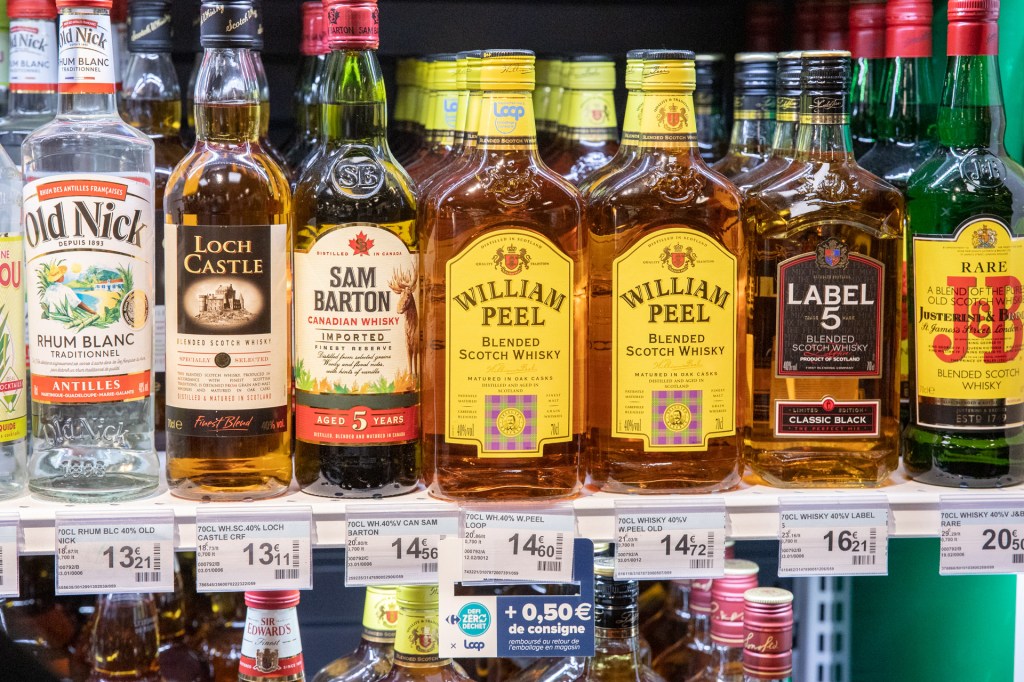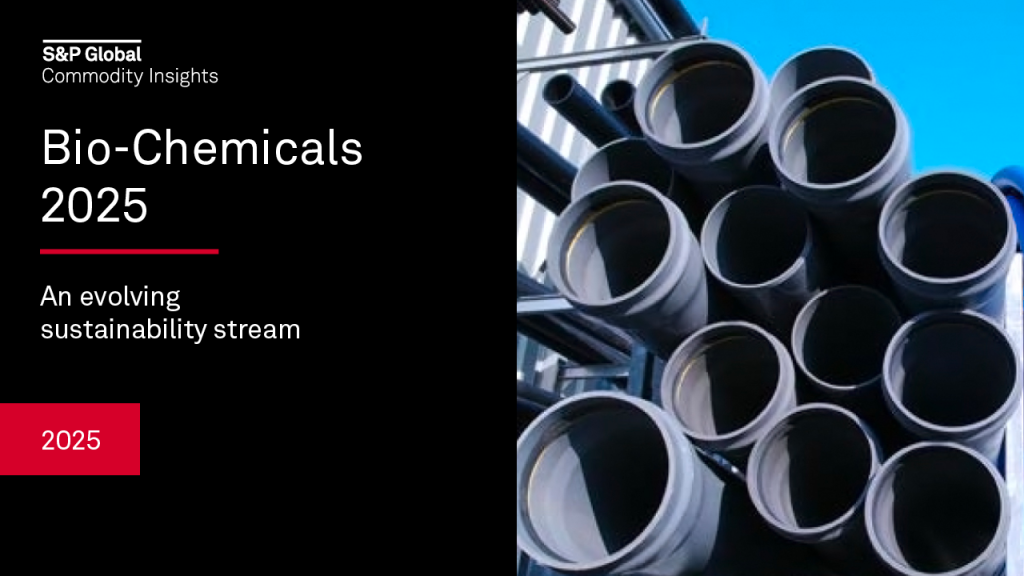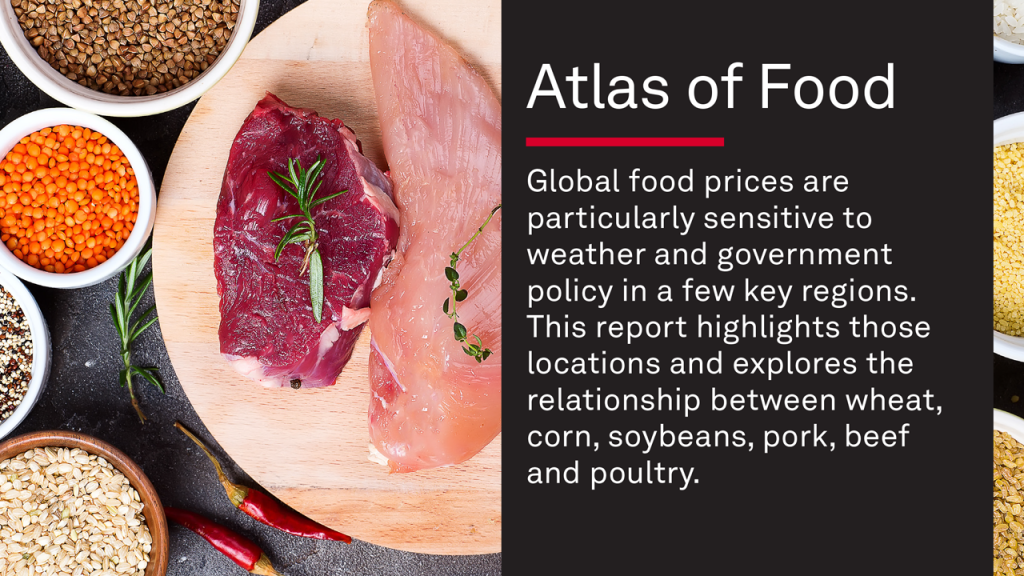How Carrefour got consumers to buy into reusable packaging
The French grocer stocks beverages from Suntory and CocaCola in more than 300 stores through a partnership with TerraCycle’s Loop initiative. Read More

- France is the only market where TerraCycle has commercially scaled its Loop reusable packaging service.
- The country’s extended producer responsibility and reusable packaging mandates are factors.
- Carrefour sets prices for items with reusable containers lower than for those with disposable packaging.
The Loop reusable packaging initiative, launched in 2019 as an e-commerce pilot by waste management company TerraCycle and two dozen high-profile brands including Procter & Gamble and Unilever, was a high-profile bet on the idea that people would buy detergents, ice cream, cereals and other products in refillable containers.
Almost seven years later, the only major market where the Loop model has scaled commercially is France, where grocer Carrefour stocks products with reusable containers from companies including CocaCola in more than 300 stores alongside products offered in disposable packaging.
Consumers pay a deposit as part of the price for goods in reusable bottles or containers, which is returned to them digitally or via cash when they bring the container back. The overall price of the products, however, is less than the alternative offered in disposable packaging — including the deposit. That’s important to encourage participation, according to executives for Loop and Carrefour.
“This is a point of differentiation,” said Bertrand Swiderski, chief sustainability officer for Carrefour. “You have a consumer that has to come back into your store. This is a value — it creates loyalty. We believe in the future it will be a competitive advantage.”
Carrefour offers roughly 40 returnable products through Loop, focused primarily on beverages from companies such as Suntory, which sells brands like Orangina and Schweppes in returnable glass bottles. (Suntory’s products are available in about 100 Carrefour stories.)
“We believe that the power and awareness of our brands could be an effective lever for the reuse transition,” said Joshua Galant, sustainable packaging senior brand manager for Suntory Beverage & Food France.
That said, Galant anticipates “it will take a long time to change purchasing and consumption habits.”
Pivot to retail
At the peak of its experimentation phase, the Loop service was available through limited pilots in the U.S., U.K., Canada, France and Japan. Those countries were picked, in part, because they’re where TerraCycle had on-the-ground resources.
Loop ran as an online-only service for close to two years, with TerraCycle handling the logistics of collecting empty containers for refill, before including retailers such as Kroger and Carrefour and fast-food chains including McDonald’s and Tim Horton’s in the merchandising and physical collection process.
For the initial phase of Loop, TerraCycle put $10 million of its own money into the project; now it’s running at a modest profit, said TerraCycle CEO Tom Szaky, who has been personally involved since the launch.
Getting retailers involved represented a critical turning point for scaling the Loop program, which now includes more than 200 companies and 370 products through an alliance managed by the World Economic Forum, he said.
One challenge with shifting to a reuse model is that it’s more complex for consumer packaged goods companies to handle on their own. “It’s not something, per se, that companies want to implement because it’s not incremental,” Szaky acknowledged.
Some retail participants, including Carrefour, were involved in the e-commerce phase, but enabling consumers to drop off empty containers during shopping trips made a big difference for adoption with both brands and consumers, he said.
“What made France really work was a courageous and commercially focused retailer who took the reins and really pushed it, and used all their tools,” Szaky said. “You need one retailer who makes it a priority, and not a brand. It’s a retailer because they have to pull all the brands together and convince them to play ball.”
France: Carrot and stick market
Carrefour’s deep involvement convinced other retailers, including Monoprix and Coopérative U, to get involved, according to Szaky. That was important for building the number of collection locations available for returns. “It also creates the competitive motivation for everyone else to join in,” he said.
There’s another reason these French retailers are stepping up: France’s Anti-Waste and Circular Economy Law mandates a 20 percent reduction in single-use packaging by the end of 2025 and requires that supermarkets dedicate a certain amount of their shelf space to products with reusable packaging by 2027, especially for food. Businesses pay a fee related to disposable packaging.
That law is a key reason that reuse is scaling in France, where it has failed to find commercial relevance in places such as the U.S. and other Western European countries, according to the participants.
As new regulations emerge, that’s where Loop will focus on potential expansion. Among the regions where that’s most possible: the U.K., Iberia and Benelux. “You need the carrot and stick approach,” Szaky said.
Best practices emerge
Consumer products companies and retailers considering a shift to reusable packaging can take a cue from what Loop, Carrefour and Suntory have learned.
The price tag matters. When Loop launched, the idea was that consumers would pay a premium on unique packaging. But to encourage wider adoption, there needs to be an incentive for a consumer to choose the reusable version of a product. “The price must be lower, that is key,” said Swiderski.
Items should be placed with their category rather than in a standalone section. Sales are higher when products in reusable containers are placed on the shelf next to similar options; return rates also tend to be higher, Szaky said.
Employee training is required. For Suntory, that means a different approach to in-store merchandising, to help potential customers understand the value proposition when it comes to costs and reduction of plastic waste. It’s also an initiative that’s still evolving, which means change management skills are helpful. For Carrefour, the biggest changes were back-of-house, where employees needed to learn how to prepare returns for collection.
Beverages or quickly consumed products do best. Carrefour has found the most success with beer, soda and water, which have a relatively short shelf life. Traction was lower for items such as shampoo or perfume. Szaky figures reusable containers are only appropriate for approximately one-third of all consumer products.
Consumers want options for deposit returns. Reverse vending machines are used in some larger stores. But in small convenience stores, where customers can hand containers directly to a store employee, many prefer their deposit back in cash.

Subscribe to Trellis Briefing
Featured Reports















